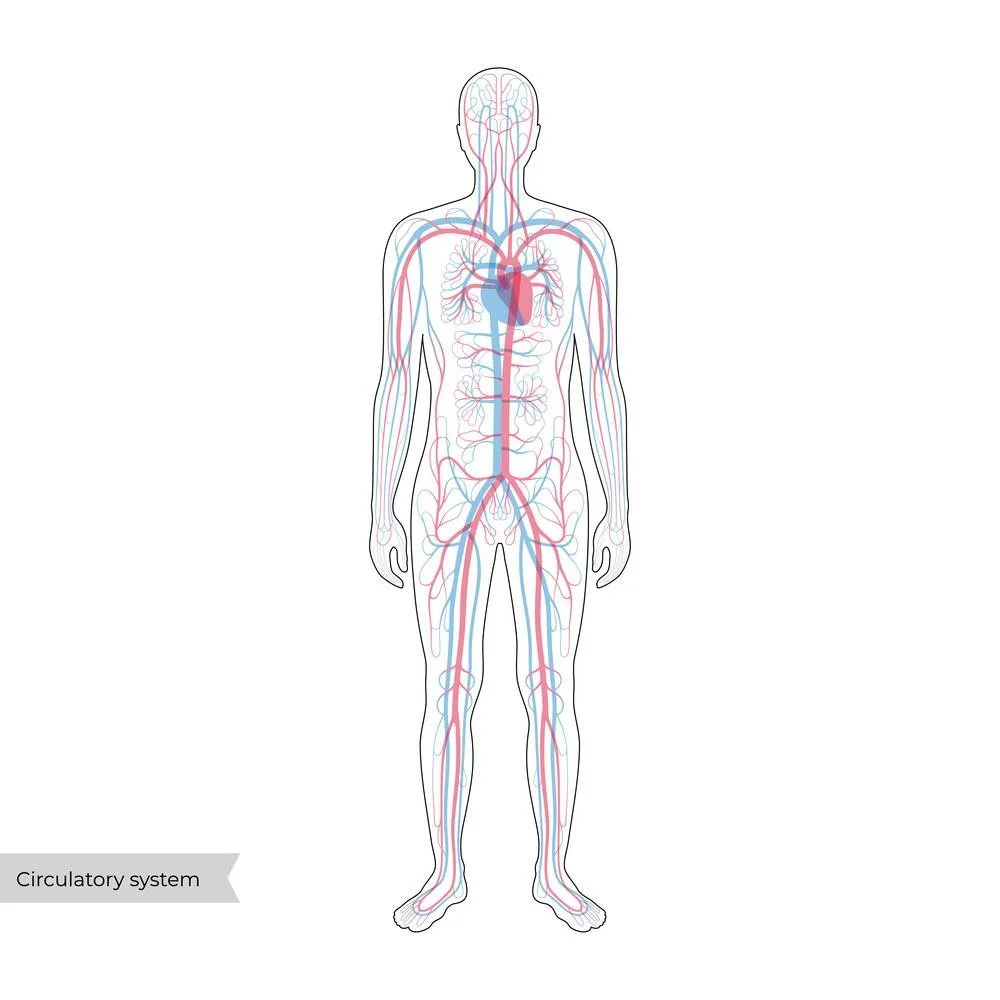Why upper body strengthening is SO hard
It’s not just you who feels like upper body progress is so slow. Whether it’s muscular issues or feeling lightheaded with upper body movements, hypermobility and dysautonomia can impact so much. Let’s talk about why this is so hard!
3 reasons why upper body strengthening feels impossible:
The muscles are smaller so progressions are slower compared to lower body exercises.
You have small muscles in your upper body compared to your lower body. A 10% progression in your legs may look like 50 pounds to 55 pounds. For upper body, a 10% increase may look like 5 pounds to 6 pounds. Basically, your arms are always going to be weaker relative to your legs. This is also why it’s so important to learn lifting mechanics so we can use your larger muscles to help out.
Upper body exercises can have a bigger impact on blood pressure.
Due to smaller muscles and vasculature, your blood needs more pressure in order to push the blood through. Think about blowing through a straw vs through a pressure cleaner. You’ll need a lot more pressure to get enough fluid through a straw. This is a normal response in a healthy body. Add dysautonomia to the mix + anatomical differences that may impact how nerves and vasculature are cut off with overhead movements… It's going to be HARD!
You have to build a stable trunk and rib cage for your arms to move off of.
Upper body exercise requires moving off of a stable surface. This requires a base level of trunk stability and pressure management through breathwork in order to effectively build strength.
Ultimately, it’s hard, but not impossible to build strength in this area. I tend to focus more on trunk stability + mobility first. If you’re not seeing results immediately, it doesn’t mean it’s not working. Need help with upper body strength? Try the free workout below or check out one of my studio programs inside Pocket PT!
Mindful Movement - Upper Body Strength
When starting any new exercise program it's important to start slow and learn what works for your body. Start here to learn about movement for upper body strength!
Did you find something here that helped you on your own hypermobility journey? Join our mailing list to get tips like these delivered straight to your inbox every Wednesday!
Blog posts may contain affiliate links to products mentioned. Purchasing through these links helps support Jenna’s work - she may receive commission at no extra cost to you.

